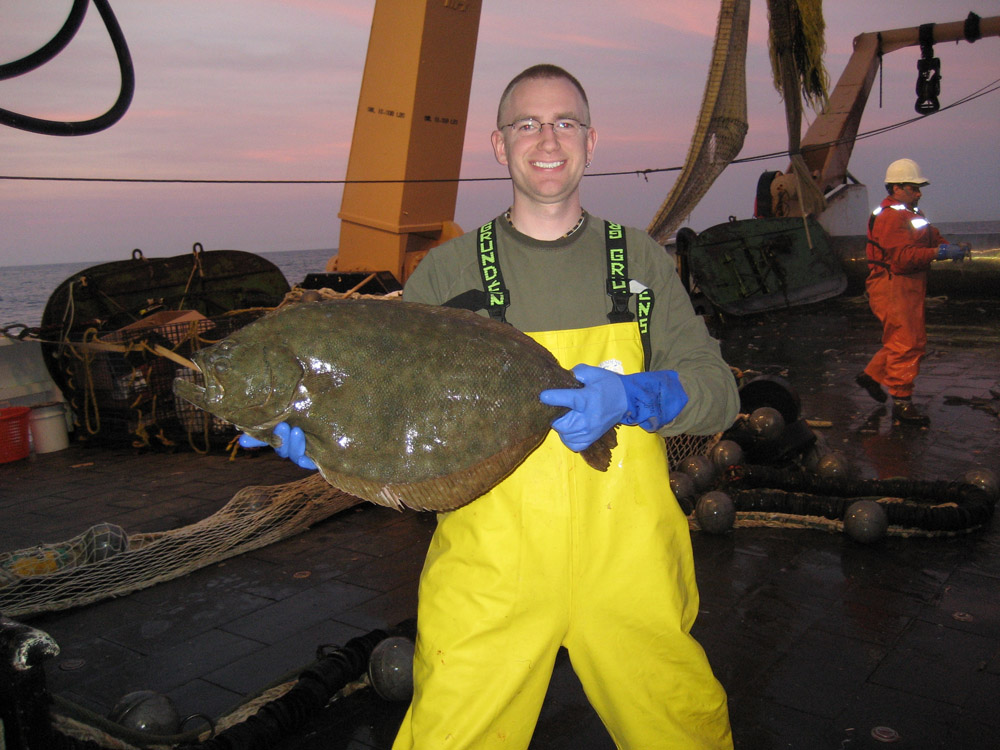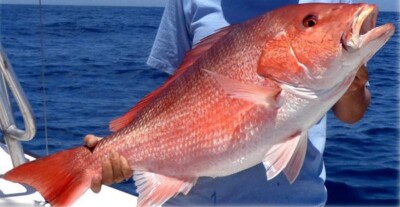With the East Coast summer flounder stock on an upswing, more states could share when the annual commercial quota can be raised above 9.55 million pounds, under a proposal by the Mid-Atlantic Fishery Management Council and NMFS.
“When the coastwide quota is 9.55 million pounds or less, the quota would be distributed according to the current allocations,” held mostly by North Carolina, Virginia, New Jersey and Rhode Island, under historic allocation splits that date back to 1993, the notice explains.
Now, with the flounder biomass and the fishery in good shape, fishermen and their state governments have been pressing to share the benefits.
Under the proposed amendment, “in years when the coastwide quota exceeds 9.55 million pounds, any additional quota, beyond this threshold, would be distributed in equal shares to all states except Maine, Delaware, and New Hampshire, which would split 1 percent of the additional quota,” the notice states.
Council members and their counterparts on the Atlantic States Marine Fisheries Commission say “this allocation alternative was selected over other alternatives to balance preservation of historical state access and infrastructure at recent quota levels, with an intent of providing equitability among states when the stock and quota are at high levels.”
The management plan has for decades split the summer flounder quota 60 percent commercial and 40 percent recreational. After the fishery enjoyed boom times in the 1980s, a decline in the stock forced a reckoning and painful cutbacks, including setting state-by-state quota allocations.
“The current commercial allocation is perceived by many stakeholders as outdated, given that it was last modified in 1993 and is based on 1980-1989 landings data,” the NMFS notice points out.
Some states and fishing sectors have long asserted they were unfairly penalized because those initial allocations were based on incomplete or flawed data.
Meanwhile, the ocean ecosystem is changing too.
“Summer flounder distribution, center of biomass, and location of fishing effort has changed over time, likely due to a combination of stock rebuilding and difficult to quantify but widely accepted climate-related changes in the Mid-Atlantic Bight and southern New England waters,” the notice states. “As changing environmental conditions have resulted in an apparent shift in the average distribution of summer flounder, there have been requests to incorporate this information in setting state commercial quota allocations.”
Summer flounder is a valuable resource to the Mid-Atlantic fleet and seafood industry. A recent economic report for the Science Center for Marine Fisheries says the fishery spins out more than $259 million in economic activity annually, or about 10 times the dockside value of the catch.
NMFS is taking public comment on Amendment 21 until Sept. 11.







